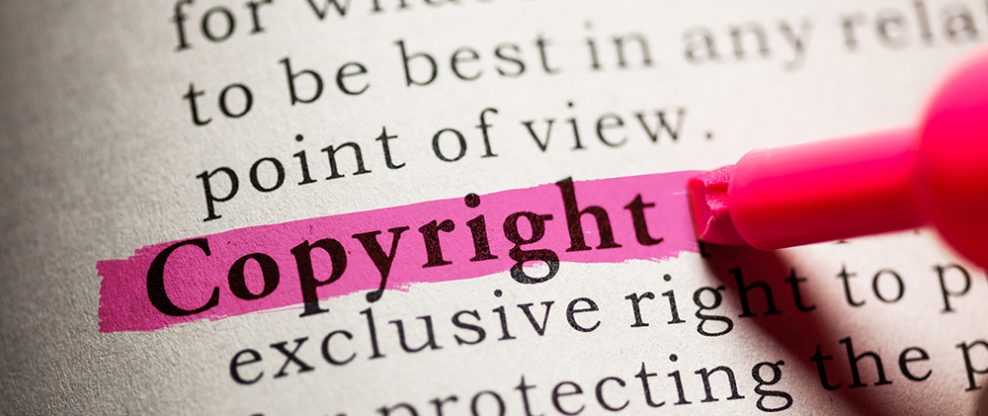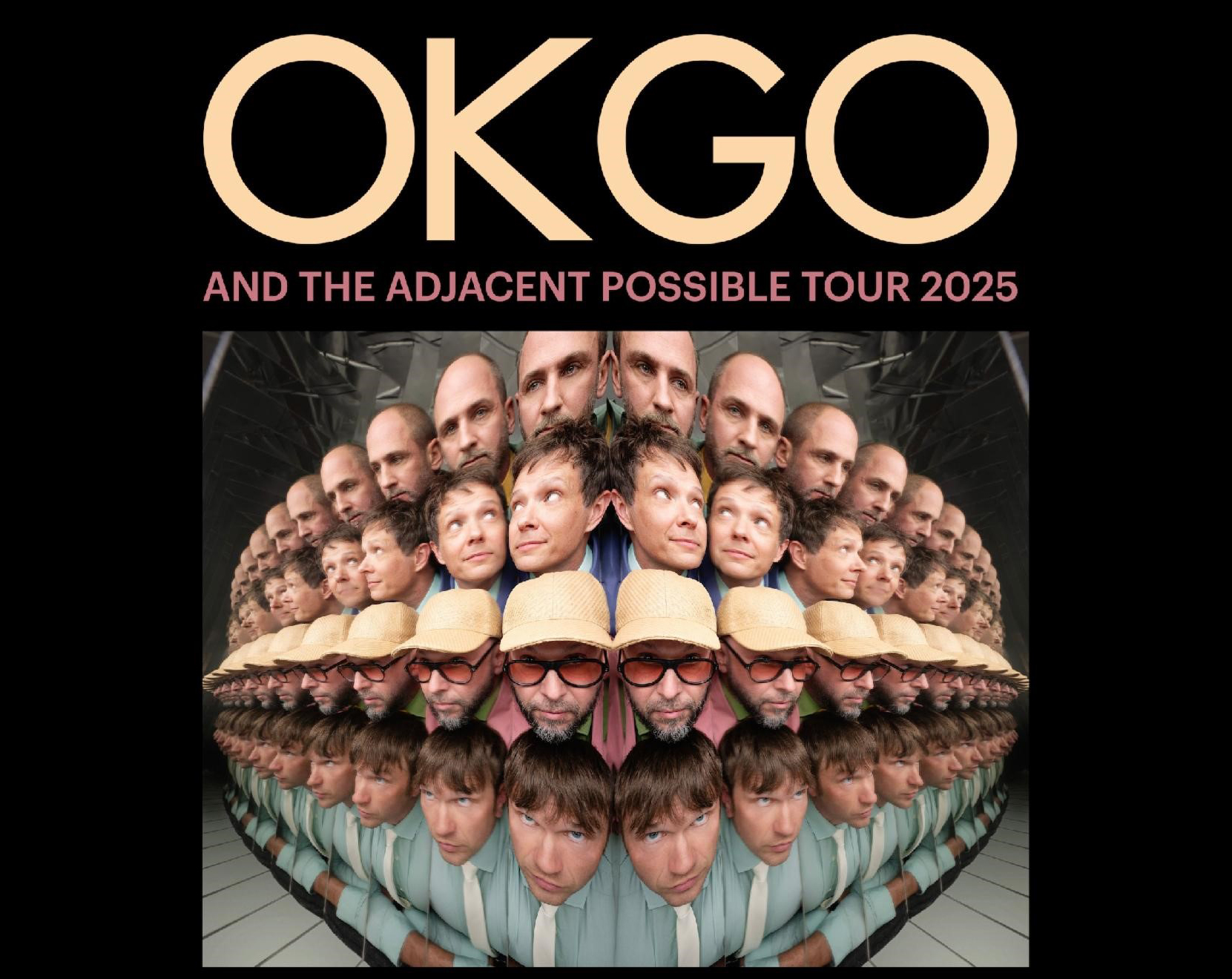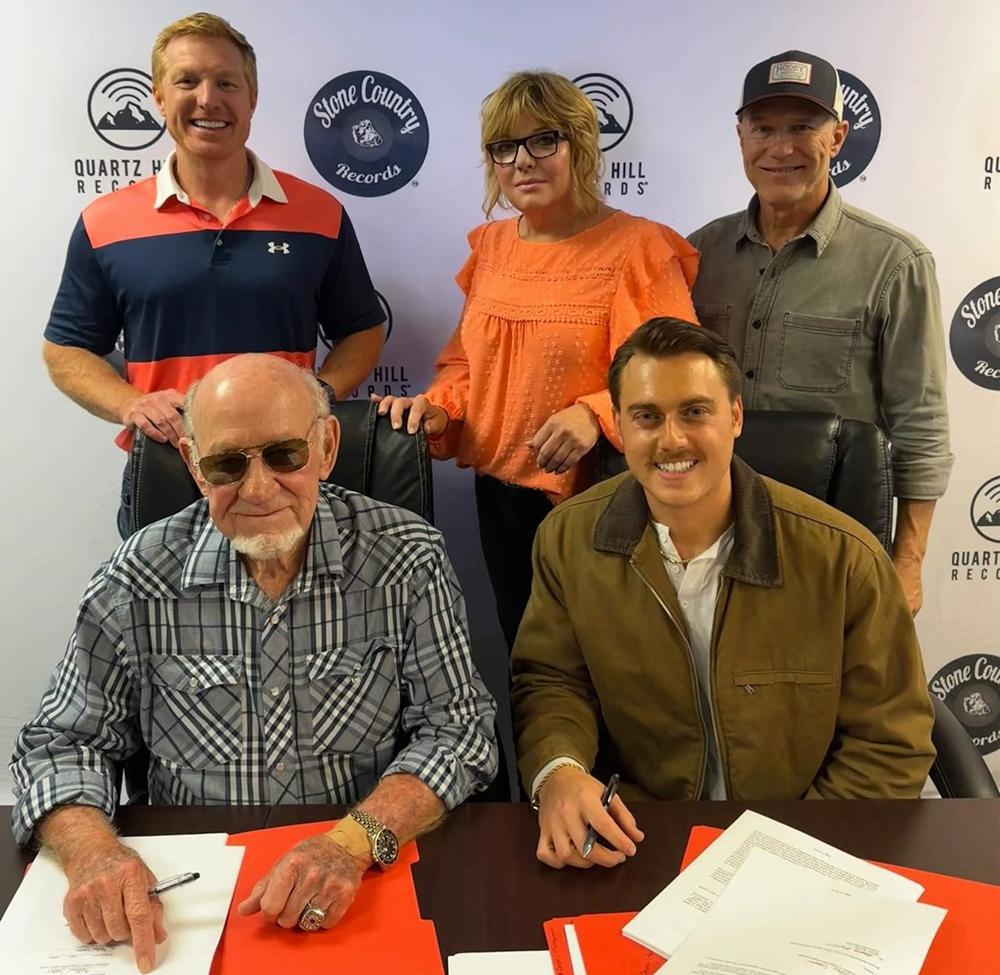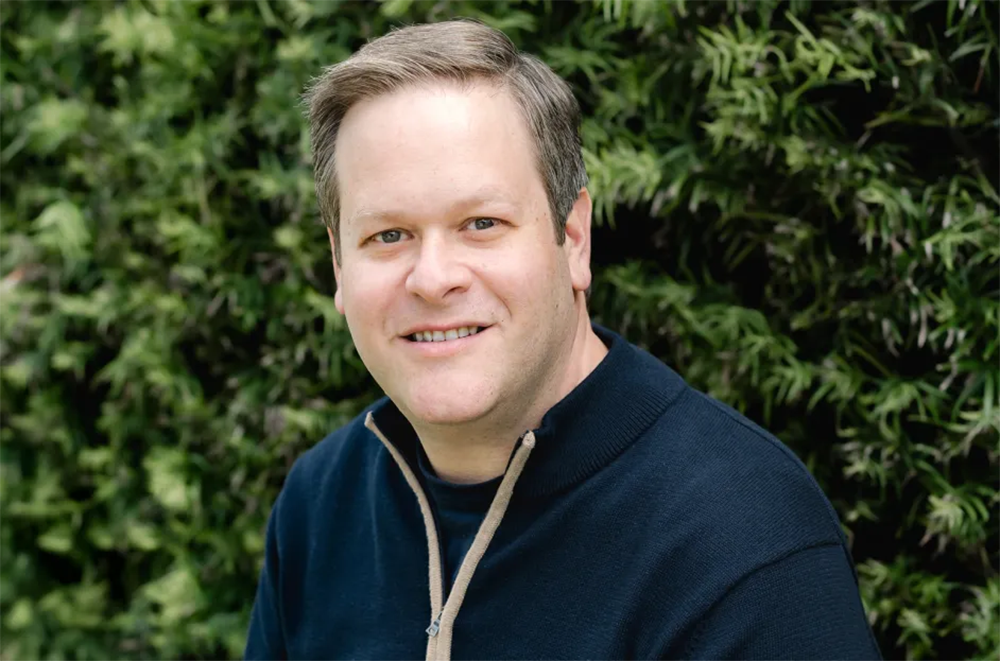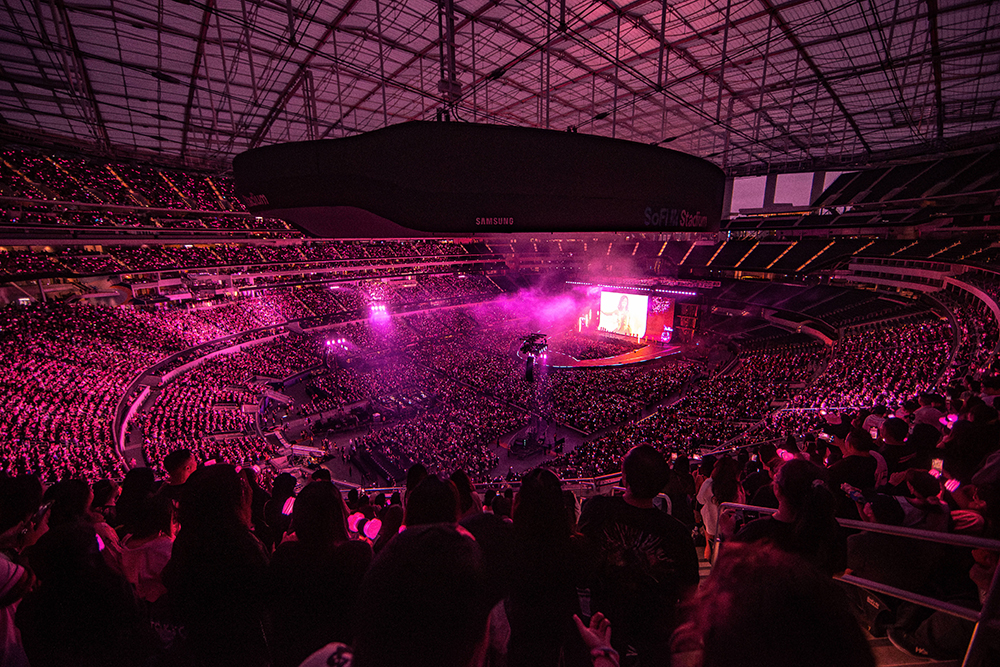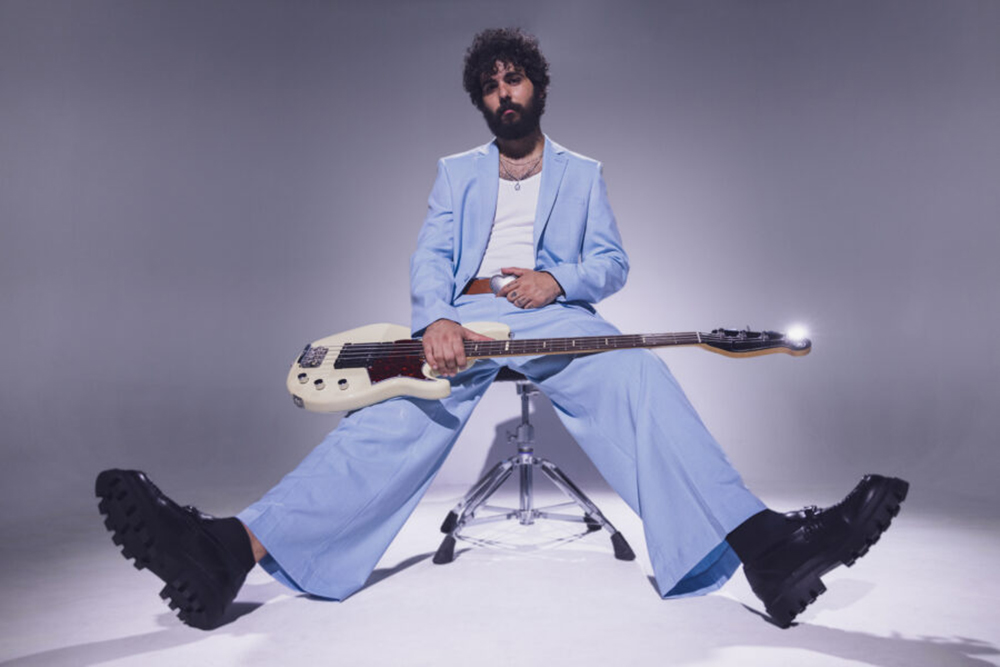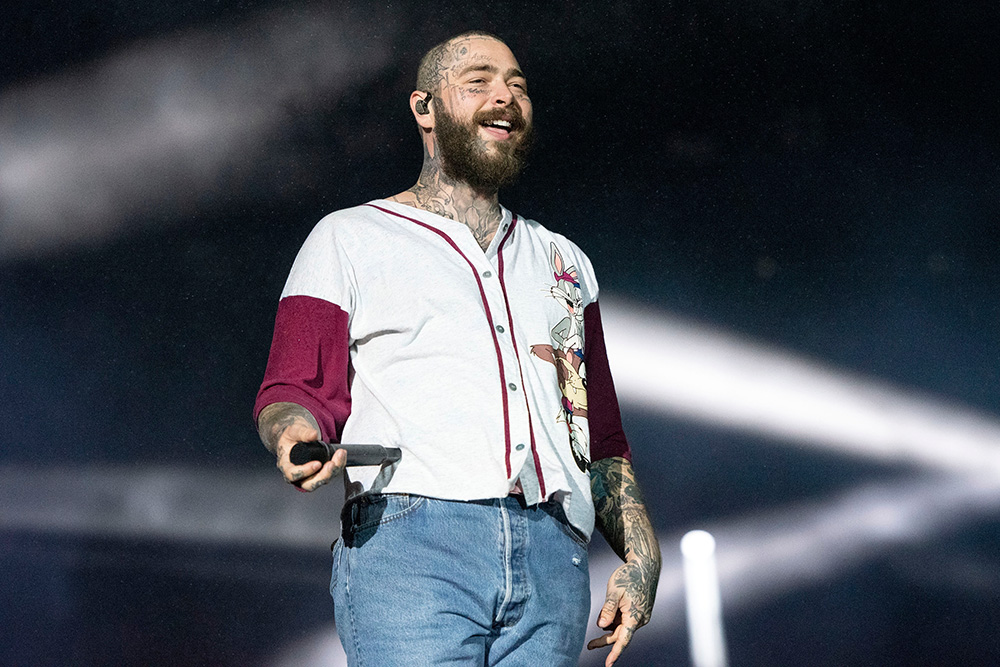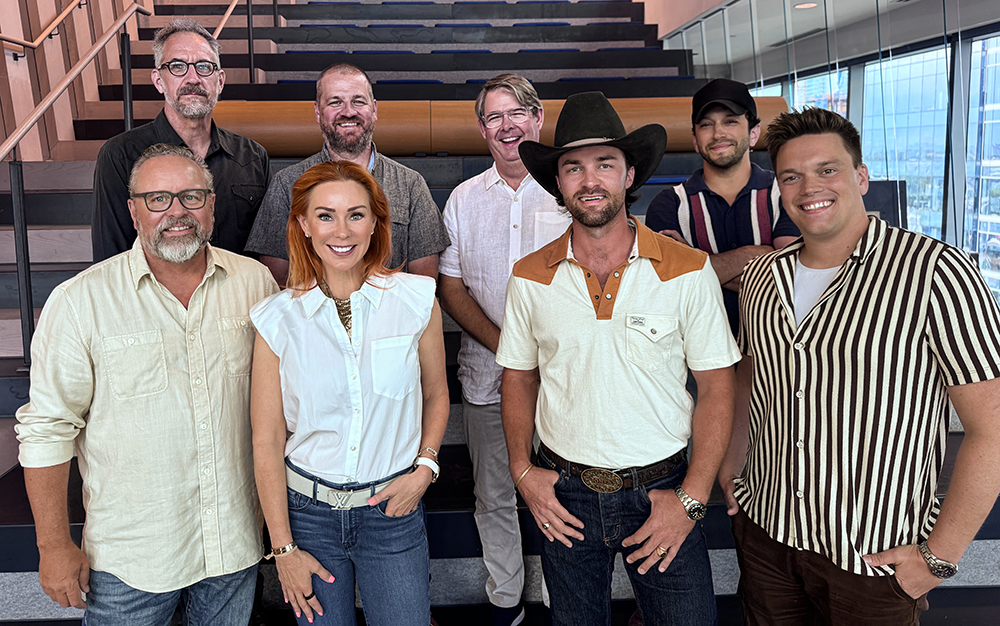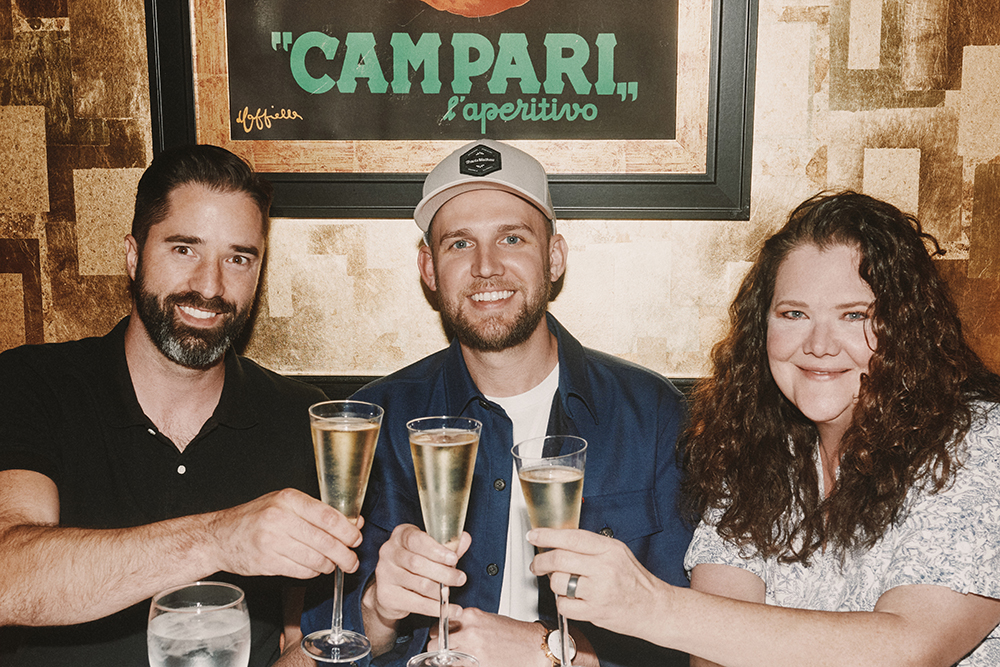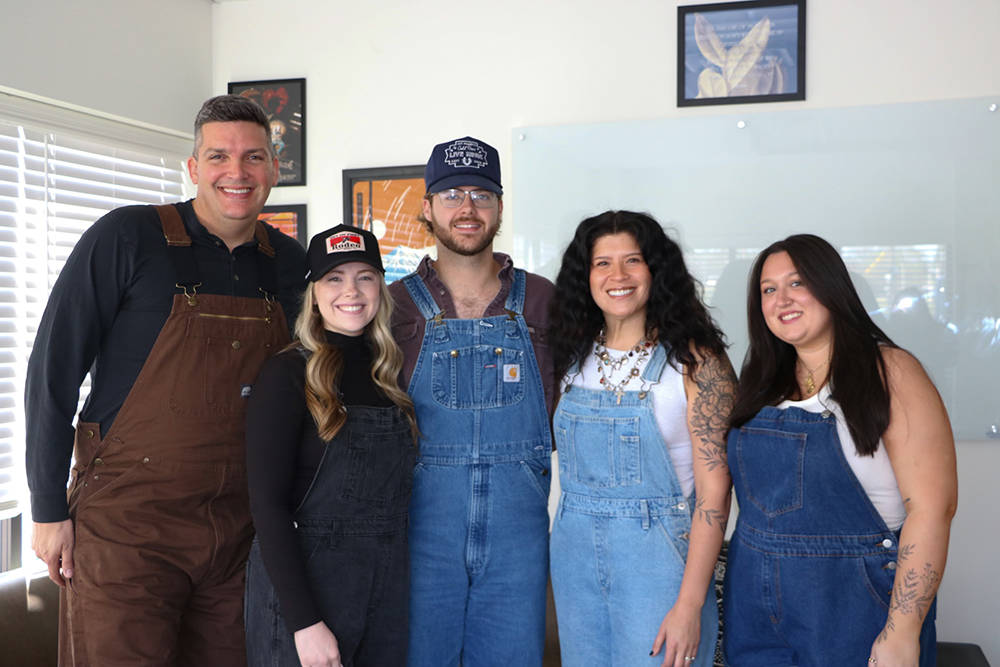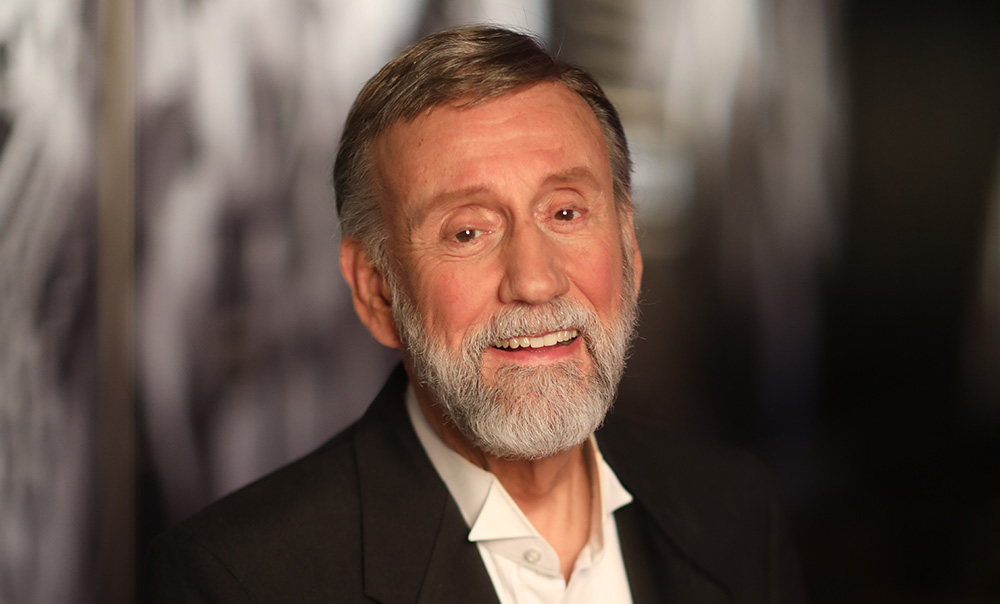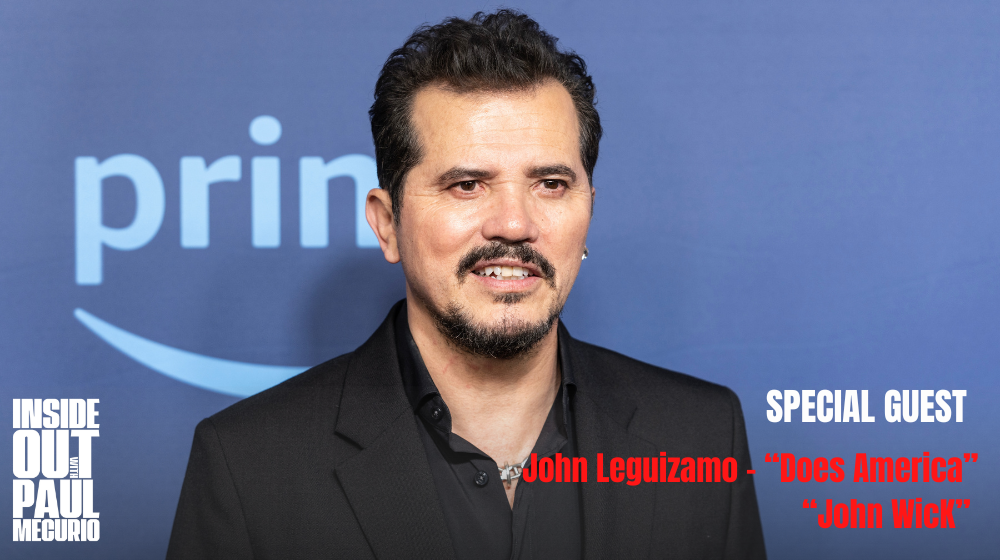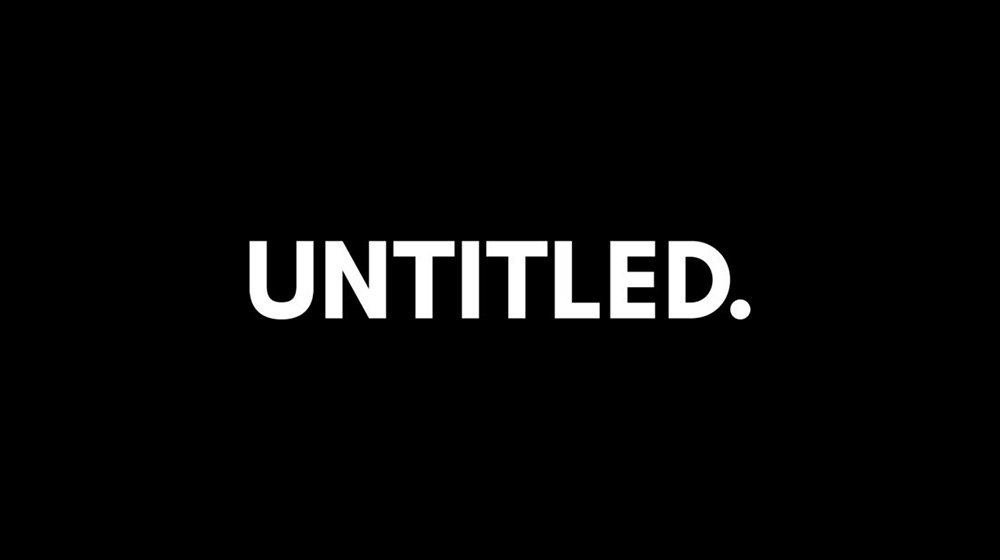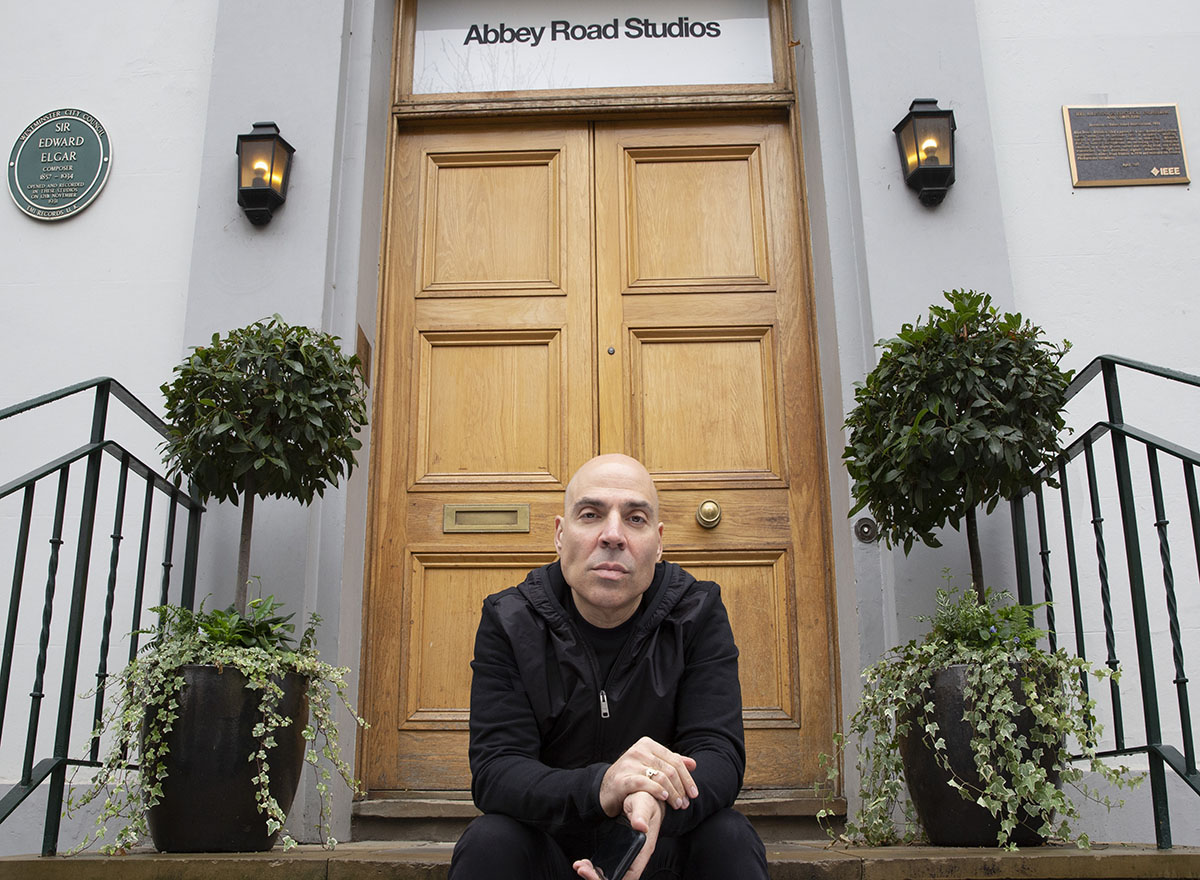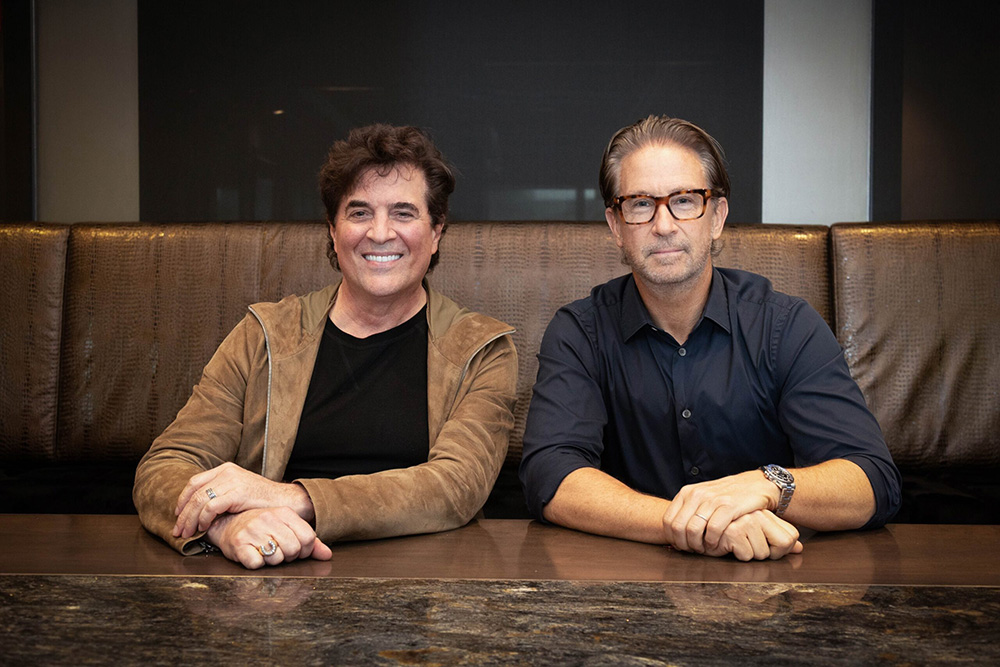(Hypebot) — In the latest battle over intellectual property ownership and use, The Second Circuit Court of Appeals has started whistling a different tune on what constitutes ‘transformative use’ in art and music.
Guest post by Stephen Carlisle of NOVA Southeastern University
On August 24, 2021, The Second Circuit Court of Appeals released its second opinion in the case of Andy Warhol Foundation v. Goldsmith. 1 It not only boldly affirmed its prior ruling in March of 2021, it flatly refuted the notion that the Supreme Court’s decision in Google v. Oracle had any impact on the case.
Back in March, the Second Circuit had reversed the decision of the District Court that famous artist Andy Warhol’s use of a photograph by Goldsmith of the rock musician Prince was fair use. In doing so, the panel had to walk back, very carefully, from the same Circuit’s decision in Cariou v. Prince, which the Court previously described as the “high water mark of our court’s recognition of transformative works.” 2 So off the charts in ignoring the importance of derivative works was Cariou, that at the time of the District Court’s decision in Warhol, I criticized the reasoning of the court, but conceded that Cariou in fact dictated that result. 3 At the time I wrote:
“Here is where the heavy hammer of Cariou and the ‘transformative use’ test start to fall. If you accept Cariou as correctly decided, and this Judge must accept it as correctly decided, then a finding that Warhol’s editions are ‘transformative’ is a foregone conclusion.” 4
The Second Circuit acknowledges this.
“As we previously have observed, that decision [Cariou] has not been immune from criticism. While we remain bound by Cariou, and have no occasion or desire to question its correctness on its own facts, our review of the decision below persuades us that some clarification is in order.” 5
So begins the slow walking back of the principles of the Cariou decision.
But why are there two opinions, 5 months apart?
Because April 5, 2021 saw the Supreme Court of the United States release its opinion in Google v. Oracle, the first fair use decision by the Court in 27 years. In an exceedingly narrow (and convoluted) opinion, the SCOTUS declared Google’s use a fair use, but that “[w]e do not overturn or modify our earlier cases involving fair use—cases, for example, that involve ‘knockoff’ products, journalistic writings, and parodies.” 6
This clear directive was completely ignored by the anti-copyright crowd who immediately insisted that the decision in Google changed absolutely everything, leading the Warhol Foundation to petition the Court for rehearing. The AWF asserted to the Court that the opinion in Google “comprehensively refutes the panel’s reasoning.” 7
The Court was unimpressed:
“Apart from its reliance on the Google opinion, the petition mostly recycles arguments already made and rejected, and requires little comment. Nevertheless in order to carefully consider the Supreme Court’s most recent teaching on fair use we hereby grant the Petition.” 8
“AWF’s argument that Google undermines our analysis rests on a misreading of both the Supreme Court’s opinion and ours, misinterpreting both opinions as adopting hard and fast categorical rules of fair use…In particular the court in Google took pains to emphasize that the unusual context of the case, which involved copyright in computer code, may well make its conclusion less applicable to contexts such as ours…[T]he opinion expressly noted that ‘copyright’s protection may be stronger where the copyrighted material…serve an artistic rather than utilitarian function (citation omitted)’” 9
Now let’s get to the crux of the case. When writing about the case previously I summarized it as follows:
“The facts of the case are fairly straightforward:
- Defendant Lynn Goldsmith took 11 photographs of Prince at her New York Studio in 1981
- Though the photos were created on assignment for Newsweek, the photos were never published
- Vanity Fair asked for and received a license from Goldsmith to use one of the Prince photographs “for use as an artist reference in connection with an article to be published…”
- Warhol created a single image which was used in connection with a 1984 article about Prince titled “Purple Fame” for which Vanity Fair gave Goldsmith a credit for the “source photograph”
- Sometime later, Warhol creates the “Prince Series” of 16 images based on the Goldsmith photograph, and begins to sell both originals and copies
After Vanity Fair published one of the “Prince Series” in connection with a commemorative magazine after Prince’s death, Goldsmith contacted the Warhol Foundation stating that the use had infringed the copyright in her unpublished photographs. Rather than wait for a lawsuit that might not come, the Warhol Foundation filed suit against Goldsmith, seeking a declaratory judgement of non-infringement, on the basis that the works are not substantially similar or alternatively “fair use.” 10
This is the part of the case that has always rankled me. The AWF sued the photographer, not the other way around. It cost Lynn Goldsmith $400,000 to defend herself, and that was just at the District Court level. 11 Who knows what the appeal cost her. The AWF pleadings are full of self-righteous declarations to the effect that because he was ANDY WARHOL, his works are entitled to special treatment. In its petition for rehearing the AWF wailed the Court’s opinion as
“’effectively outlawing’ an entire ‘genre’ of art ‘widely viewed as one of the great artistic innovations of the modern era’” 12
Like this matters.
The Court has this to say:
“[W]e feel compelled to clarify that it is entirely irrelevant to this analysis that ‘each Prince Series work is immediately recognizable as a Warhol’…Entertaining that logic would inevitably create a celebrity-plagiarist privilege; the more established the artist and the more distinct the artist’s style, the greater leeway that artist would have to pilfer the creative labors of others.” 13
Which was (ahem) precisely one of the criticisms of the Second Circuit opinion in Cariou.
But I digress.
Clearly the major battle here is whether the Warhol adaptations were “transformative.” Yet unlike other opinions, which never consider the issue, the question of when does a “transformative” work impinge on the authors exclusive right to prepare derivative works under 17USC 106 (2) is brought front and center.
“There is some inherent tension in the Copyright Act between derivative works, which are defined as works that ‘recast, transform …or adapt an original work’ and ‘transformative’ fair uses of the copyrighted work by others.” 14
I will pause here to note that nowhere in the Copyright Act, and certainly nowhere in the fair use provisions of Section 107, do the words “transformative fair use” ever appear.
“Thus as we previously have observed, an overly liberal standard of transformativeness, such as that employed by the district court in this case, risks crowding out the statutory protections for derivative works.” 15
“Despite the extent to which the resulting movie may transform the aesthetic and message of the underlying literary work, film adaptations are identified as a paradigmatic example of a derivative work.” 16
“[W]here a secondary work does not obviously comment on or relate back to the original or use the original for a purpose other than for which it was created, the bare assertion of a ‘higher or different artistic use’…is insufficient to render a work transformative.” 17
And here’s the kicker:
[W]hether a work is transformative cannot turn merely on the stated or perceived intent of the artist or the meaning or impression that a critic-or for that matter, a judge- draws from the work. Were it otherwise the law may well ‘recogniz[e] any alteration as transformative’ (citation omitted) 18“[T]he task before us is not to assess the artistic worth of the Prince Series nor its place with Warhol’s oeuvre…[r]ather the question we must answer is simply whether the law permits Warhol to claim it as his own, and AWF to exploit it, without Goldsmith’s permission. And, at least as far as this aspect of the first factor is concerned, we conclude that the answer to this questions is ‘no.’” 19
Then the Court addresses the “public benefit” argument that so often crops up in fair use cases.
“[J]ust as we cannot hold that the Prince series is transformative as a matter of law, neither can we conclude that Warhol and AWF are entitled to monetize it without paying Goldsmith the ‘customary price’ for the right to her work, even if that monetization is used for the benefit of the public.” 20
As to the second factor of fair use, the nature of the copyrighted work:
“Having recognized the Goldsmith photograph as both creative and unpublished, the district court should have found this factor to favor Goldsmith irrespective of whether it adjudged the Prince Series works transformative…[B]ecause we disagree that the Prince Series works are transformative, we would accord this factor correspondingly greater weight.” 21
As to the third factor, the amount and substantiality of the taking, AWF argues that by significantly altering Goldsmith’s photo, this removed her artistic expression. Otherwise, Goldsmith would ‘have a copyright on Prince’s face.” This argument does not fare well.
“But while Goldsmith has no monopoly on Prince’s face, the law grants her a broad monopoly on its image as it appears in her photographs of him, including the Goldsmith Photograph 22…Nor can Warhol’s appropriation of the Goldsmith Photograph be deemed reasonable in relation to his purpose. While Warhol presumably required a photograph of Prince to create the Prince Series, AWF proffers no reason why he required Goldsmith’s photograph.” 23
As to the fourth factor, market harm, AWF makes a strategic error in failing to introduce evidence on this point, despite the fact that fair use is an affirmative defense, for which AWF bears the burden of proof. But real market harm is, as the Court concludes “self-evident.”
“We also must consider the impact on this market if the sort of copying in which Warhol engaged were to become a widespread practice. That harm is also self-evident. There currently exists a market to license photographs of musicians, such as the Goldsmith Photograph, to serve as the basis of a stylized derivative image; permitting this use would effectively destroy the broader market, as if artists ‘could use such images for free, there would be little or no reason to pay for [them]…This in turn, risks disincentivizing artists from producing new work by decreasing its value – the precise evil against which copyright is designed to guard.” 24
Let’s repeat that one more time.
Disincentivizing artists from producing new works by decreasing their value is the precise evil against which copyright is designed to guard.
Did you hear that Google? Spotify? Facebook? Instagram? YouTube?
Notes:
- Andy Warhol Foundation for the Visual Arts v. Goldsmith 2021 WL 3742835 2d Circuit 2021. All citations are to the original pagination of the opinion. ↩
- Warhol at 20 citing TCA Television v. McCollum ↩
- Warhol v. Goldsmith: A Terrible Decision, Correctly Decided ↩
- Id. ↩
- Warhol at 20 ↩
- Google LLC v. Oracle America, Inc. 2021 WL 1240906 at 19 ↩
- Warhol at 54 ↩
- Warhol at 6, footnote 1 ↩
- Warhol at 55-56 ↩
- Warhol v. Goldsmith: A Terrible Decision, Correctly Decided ↩
- Warhol’s Prince Image Doesn’t Violate Copyright, Judge Rules ↩
- Warhol at 56 – citation omitted ↩
- Warhol at 34 ↩
- Warhol at 22 –emphasis original ↩
- Id. ↩
- Id. at 24 ↩
- Id. at 28 ↩
- Id. at 29 ↩
- Id. at 35 ↩
- Id. at 37 ↩
- Id. at 39 ↩
- Id. at 41 ↩
- Id. at 44 emphasis original ↩
- Id. at 51-52 citation omitted ↩

